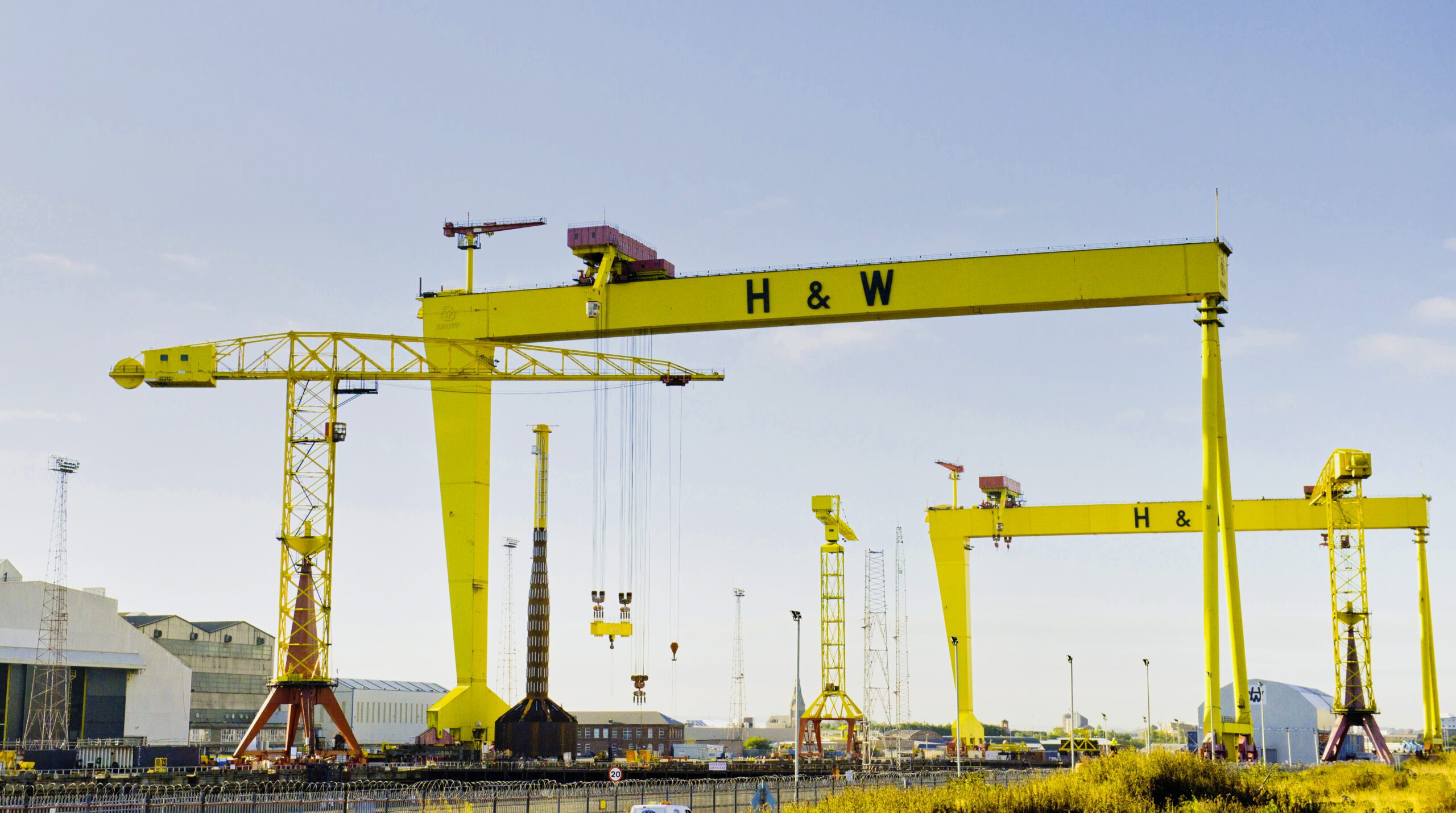Basic information on the material master in SAP:
- Has relationships to many other data
- Characterizes input, intermediate and output goods
- Used in both production and trade
- Has a unique material number
- Material is created using transaction MM01
- Production version is specified in the material master
- Relationship structure between materials is defined in the BOM
- BOM defines quantities required for e.g. assemblies
Types of information contained by the material master:
- Accounting information (e.g. standard price)
- Materials planning and control information (e.g. safety stock level)
- Purchasing information (e.g. purchasing group)
- Engineering information (e.g. CAD drawings)
- Storage information (e.g. packaging dimensions)
- Forecasting information (e.g. forecasting period)
- Sales and distribution information (e.g. minimum order quantity)
Master master “views” relevant to production planning:
- Basic data view
- MRP views
Examples of standard material types:
| VKHM: additionals | WERB: advertising | MODE: apparel | FGTR: beverages | WETT: competitive products |
| KMAT: configurable materials | LEER / LGUT: empties | FERT: finished products | FOOD: foods excluding perishables | VOLL: full products |
| INTR: intra materials | CONT: kanban containers | IBAU: maintenance assemblies | HERS: manufacturer parts | NOF1: nonfoods |
| NLAG: nonstock materials | UNBW: non-valuated materials | HIBE: operating supplies | VERP: packaging materials | FRIP: perishables |
| PIPE: pipeline materials | PROC: process materials | PROD: product groups | FHMI: production resources | ROH: raw materials |
| HALB: semifinished products | DIEN: services | ERSA: spare parts | HAWA: trading goods | WERT: value-only articles |

Data scientist focusing on simulation, optimization and modeling in R, SQL, VBA and Python





Leave a Reply